This week on Photojournalism Now: Friday Round Up – World Press Photo publishes six stories guaranteed to put a smile on your face. These were commissioned by the Solutions Visual Journalism Initiative, a project designed to support visual storytellers to create work that provides a solutions focus to an identified issue.
Plus the 2021 World Press Photo exhibition that was to open at Magnet Galleries Melbourne next month has been pushed to early 2022 due to Covid-19 lockdowns. More information will be provided as details come to hand.
Solutions Visual Journalism Initiative – Six New Projects
The Solutions Visual Journalism Initiative (SVJI) is a joint project involving World Press Photo Foundation, the Message in a Photo Foundation, and the Solutions Journalism Network. The Initiative has three objectives:
- Develop what a solutions focus means for visual journalism
- Commission, fund, and publish a small number of solutions stories
- Use these new stories to educate both the profession and engage the public on the benefits of a solutions focus in visual journalism
This week World Press Photo published the six stories that were commissioned in the first round by SVJI. These stories are: Back to Basics created by Are We Europe; The Fishing Women of Sinaloa by Celia Talbot Tobin; The Old Normal by Ilvy Njiokiktjien; Power-less to Empowered by Jere Ikongio; Punan Adiu: The Forest is Our Mother by Michael Eko; and House of Light: Finding Refuge in Tijuana Migrant Community by Tara Pixley.
These commissions were chosen from a global call out in 2019 and were selected, in part, for their capacity to engage with younger audiences across multiple platforms. The six stories address issues such as “universal basic income in Germany, restoration of the Gulf of California’s ecosystem, co-living arrangements in the Netherlands, renewable alternatives to Nigeria’s unstable electric infrastructure, the Punan Adiu indigenous community’s ownership and management of customary land in Indonesia, and community support for LGBTQ+ migrants and mothers traveling alone with children at the Tijuana-San Diego border.”
Back to basics – Are We Europe
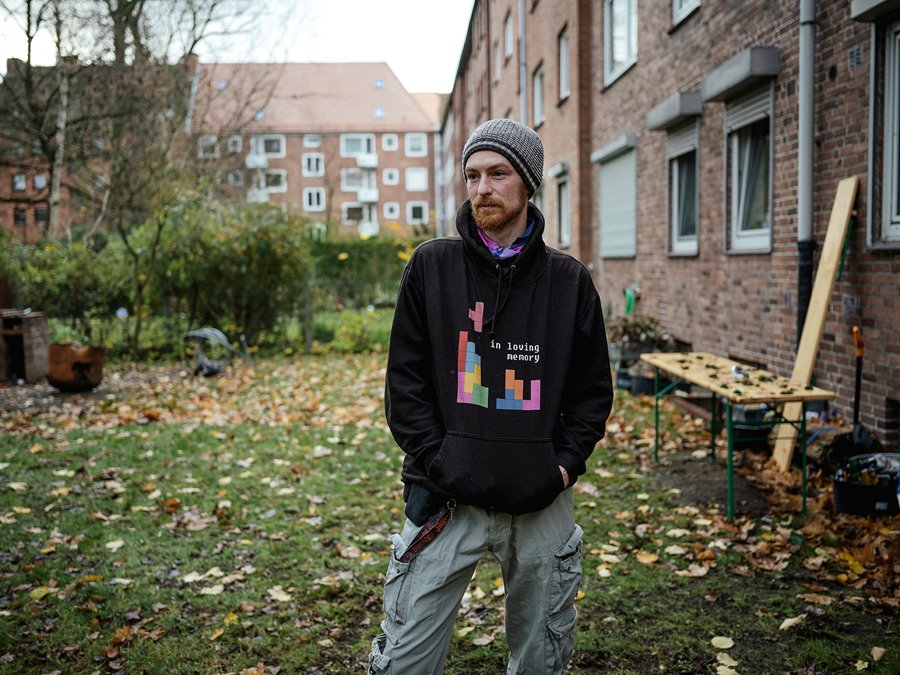
This project was created by Are We Europe, a collective of journalists, photographers, designers, software developers and marketers that collaborate on stories described as ‘borderless journalism”. Four friends founded Are We Europe in 2016 as a means to counter what they felt was the media’s narrow focus on Europe. There are now 15 creatives working out of its headquarters in Brussels. Are We Europe also collaborates with independent storytellers.
Their SVJI project Back to Basics considers what “a universal basic income looks like in reality.” What is a universal basic income? It’s where individuals are paid a fixed monthly income that allows recipients “to work less while maintaining a decent standard of living.” It’s a panacea for the precarious working conditions that come with a casualised workforce where individuals may be working several jobs to make ends meet. It is also a strategy to allow room for creative thought, to give people space to discover what they are passionate about. In Germany, this social experiment is being funded through crowdsourcing and allocated by lottery.
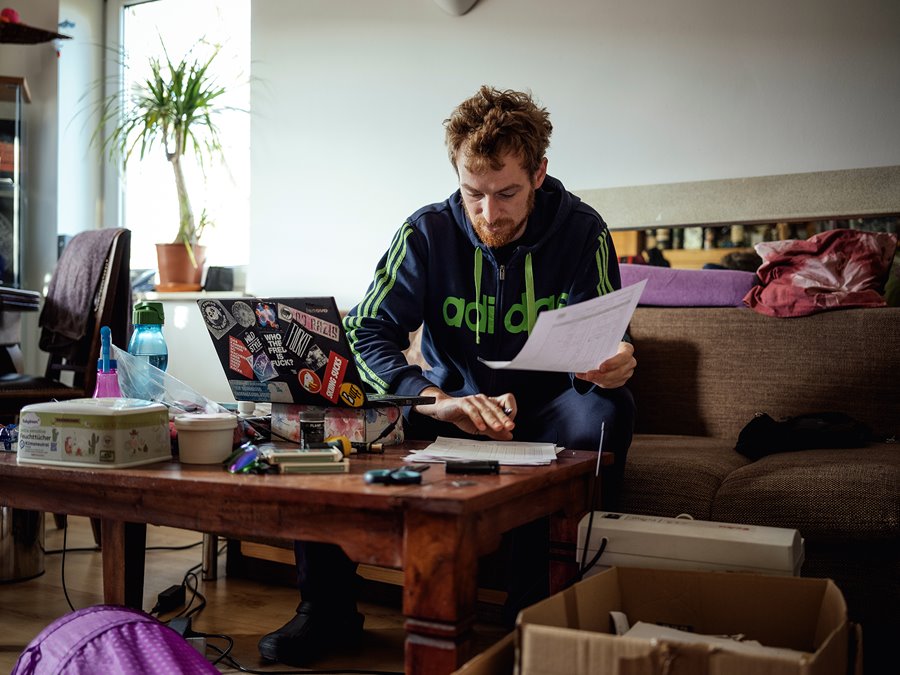
The Fishing Women of Sinaloa – Celia Talbot
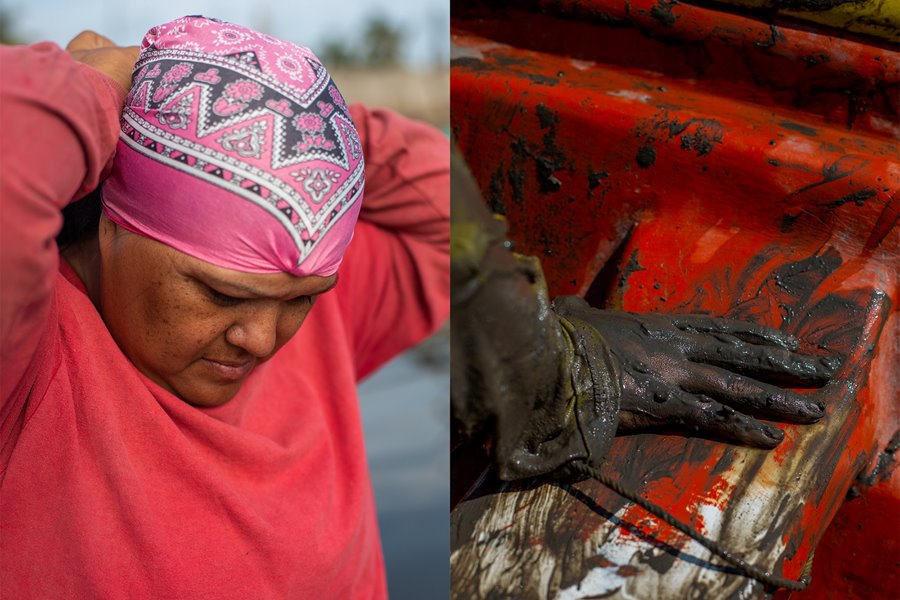
This is a remarkable story about fishing cooperatives run by women in the Gulf of California. These women are working to create environmentally sustainable fishing practices. Women’s voices are rarely heard in an industry dominated by men and Talbot Tobin’s story reveals the determination and courage of these small collectives.
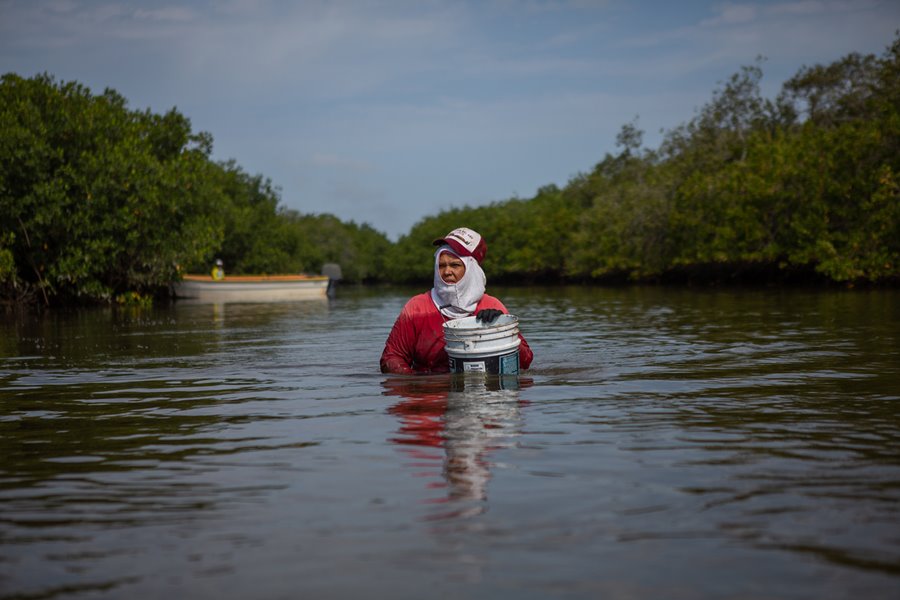
The Old Normal – Ilvy Njiokiktjien
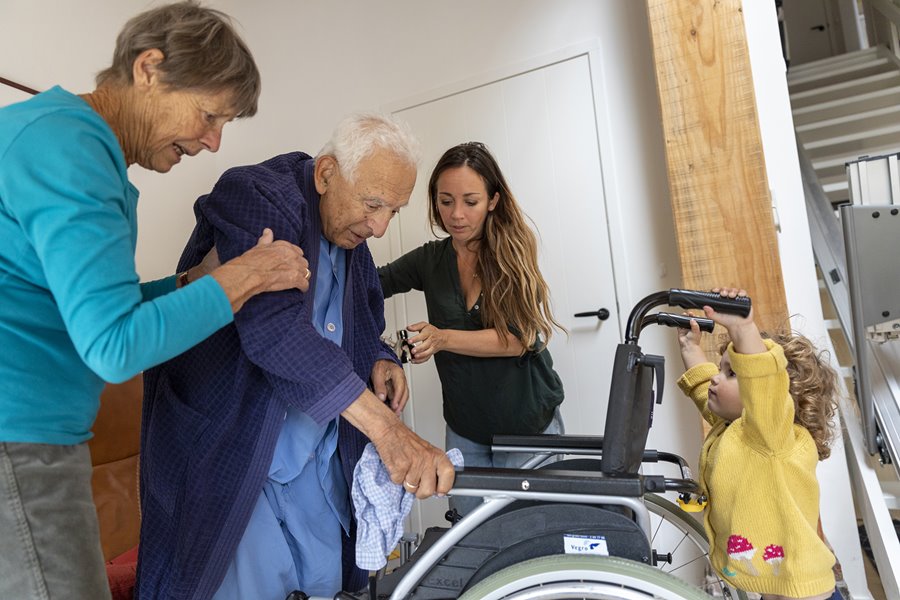
The Netherlands is known for its compassionate approach to caring for the elderly. The Old Normal explores the benefits of co-housing where different generations live together, but independently, share communal living spaces and care for each other. It’s a lovely, heartwarming story that shows there are other ways to treat our elderly. Rather than placing elderly parents in a nursing or retirement home, families live together, share meals and leisure time, but also have their own space. The story reminds us what “family” means.
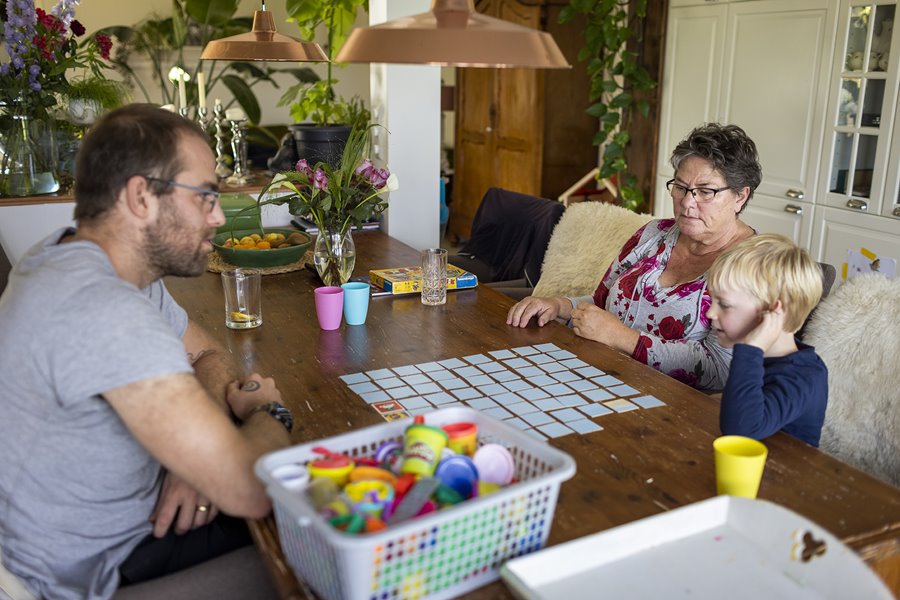
Power-less to Empowered – Jere Ikongio
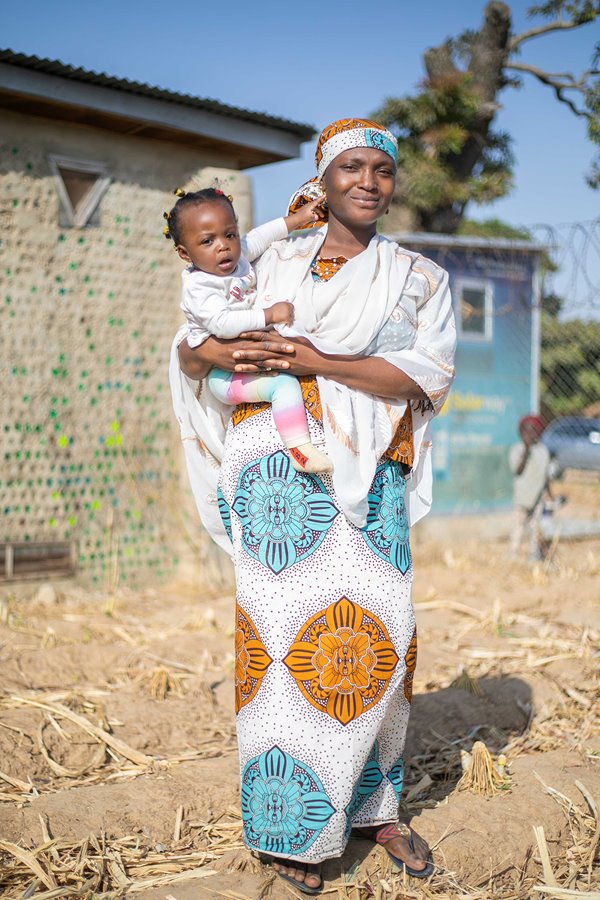
The small, remote Nigerian township of Kadabo is not connected to the national electricity grid and its residents have been reliant on diesel powered generators. Through an initiative by SOSAI Renewable Energies, an organisation run by women in Kaduna, the residents of Kadabo are turning to solar power. Power-less to Empowered is another uplifting story about women making a change for social and environmental good. “SOSAI is the Nigerian chapter of the international organization Solar Sisters, which is dedicated to powering communities and women through solar energy and entrepreneurship programs.” Love it!
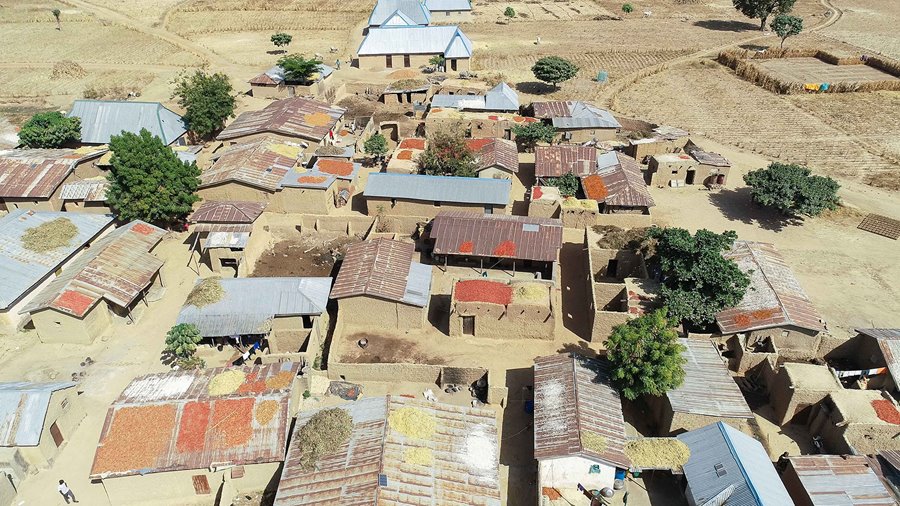
Punan Adiu: The Forest Is Our Mother – Michael Eko
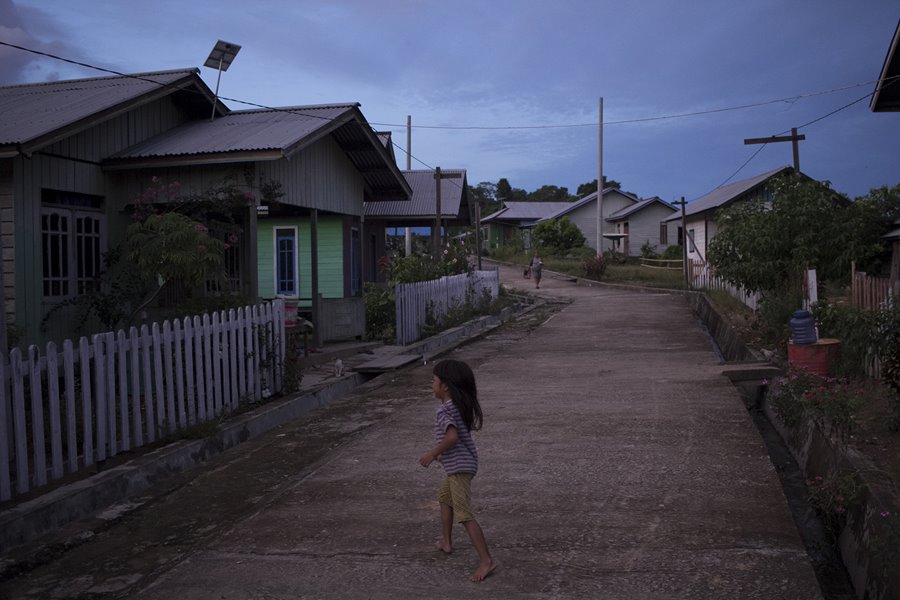
Shot in Indonesia, Punan Adiu: The Forest Is Our Mother documents the attempts by the Punan Adiu, a nomadic indigenous people, to find new ways to make a living from the land, and at the same time continue to care for the forest, a practice that is centuries old. Today these hunter-gatherers live in more modern villages, but they are still reliant “on the forest as a source for food, medicine, water and all socio-cultural aspects of their life,” writes Michael Eko.
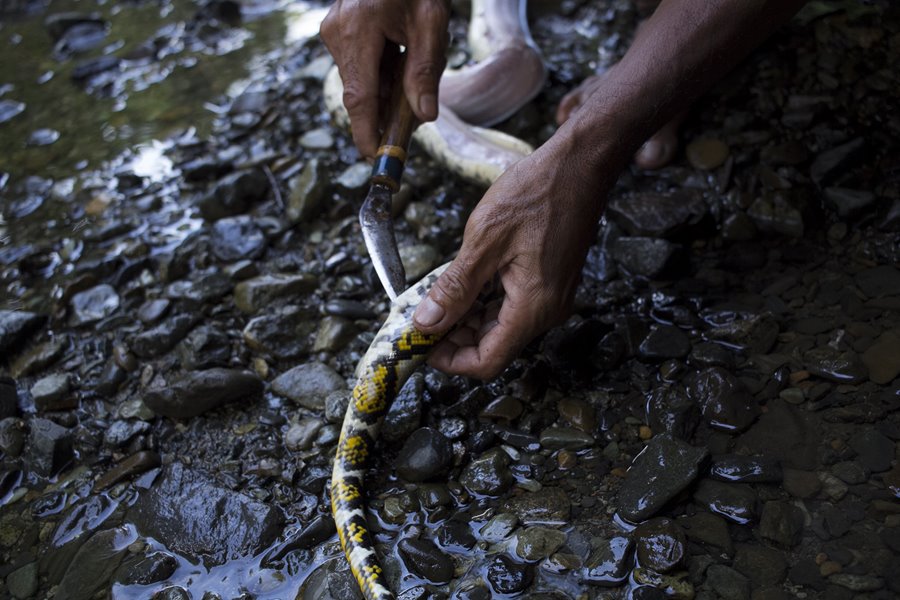
House of Light: Finding Refuge in Tijuana Migrant Community – Tara Pixley
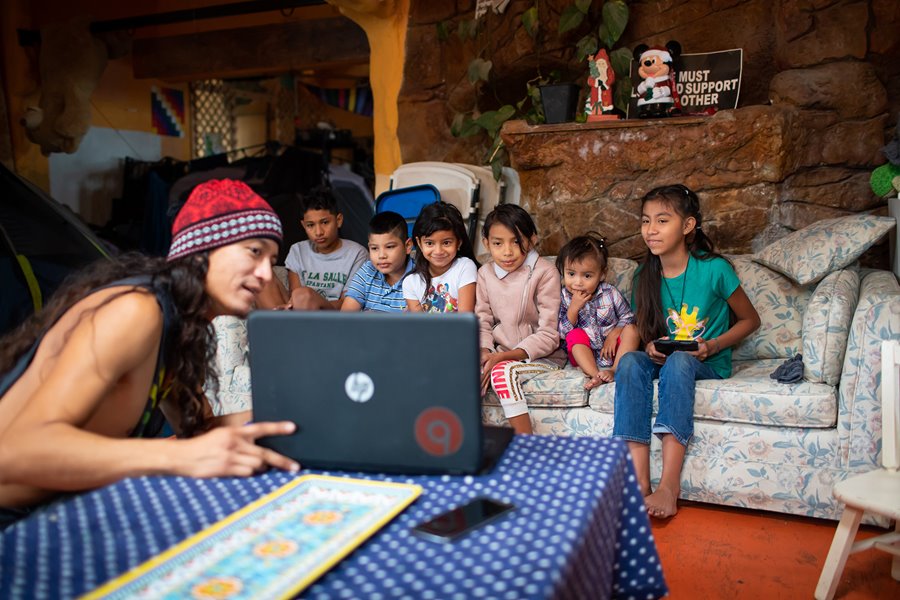
Casa de Luz means House of Light. This shelter is one of the few in Mexico that cares for those migrants who identify as LGBTQ+ as well as mothers travelling with children. In House of Light: Finding Refuge in Tijuana Migrant Community Pixley reports that “Mexico doesn’t condone such mixing of shelter populations and will not provide…funding.” As such, Casa de Luz is constantly searching for ways to support those it cares for. What Pixley’s story and images reveal is that despite the shelter’s “tight quarters” and the issues that come with the trials of migration, bureaucracy and lack of funding, those in search of a better life can still find community, love and compassion.
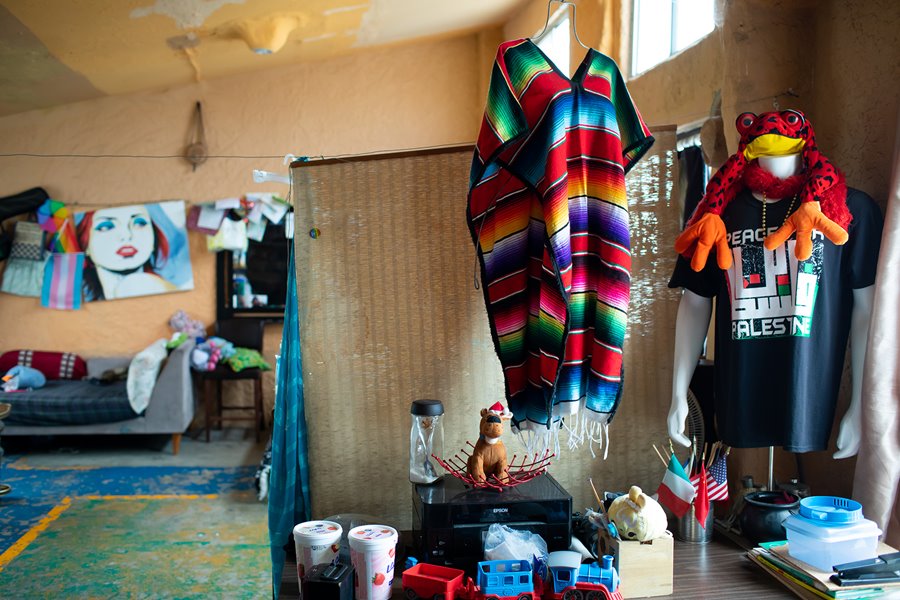
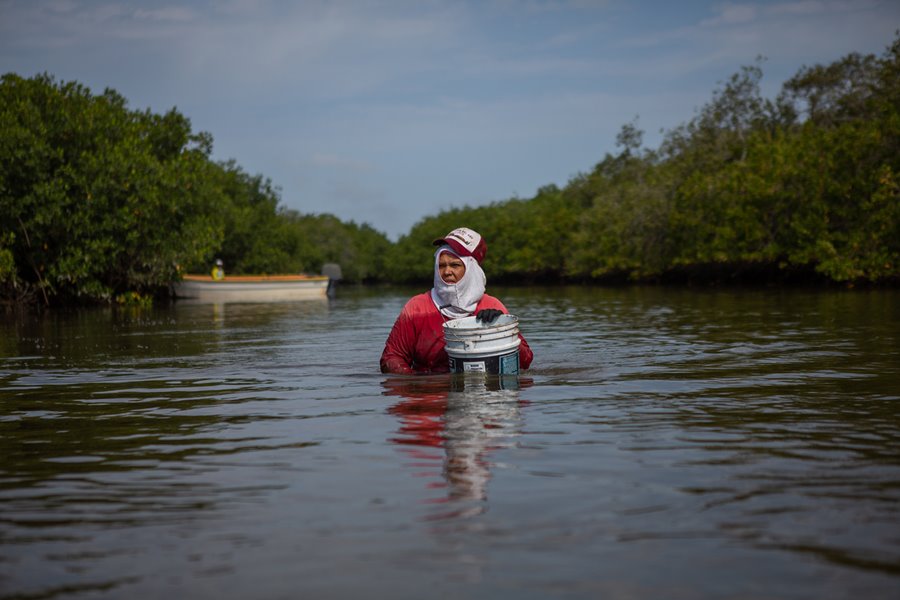
A preview of some intriguing projects Alison…alas, we’ll have to wait till February to see them on the wall. Thank you- your energy is an inspiration!
LikeLiked by 1 person